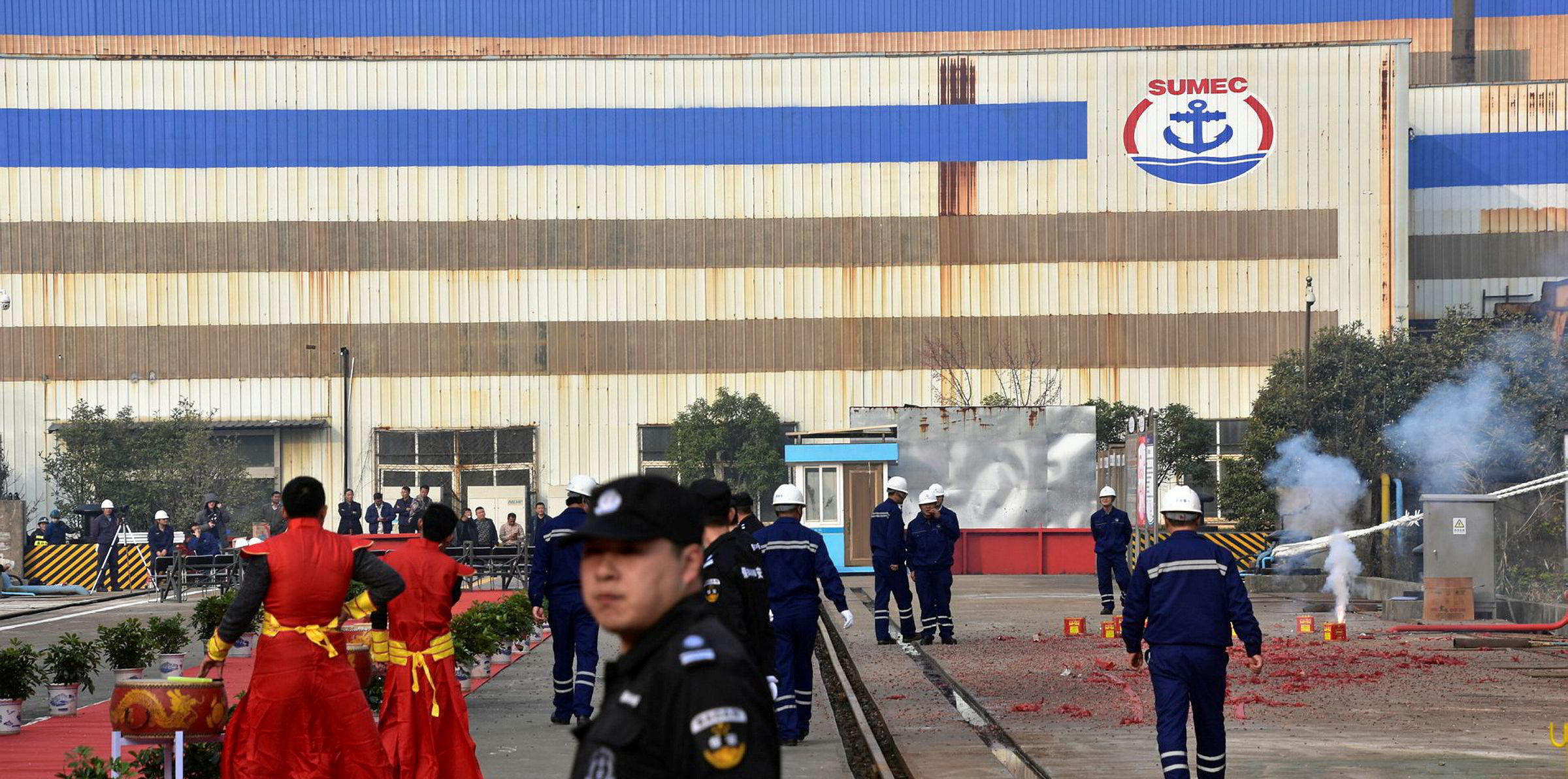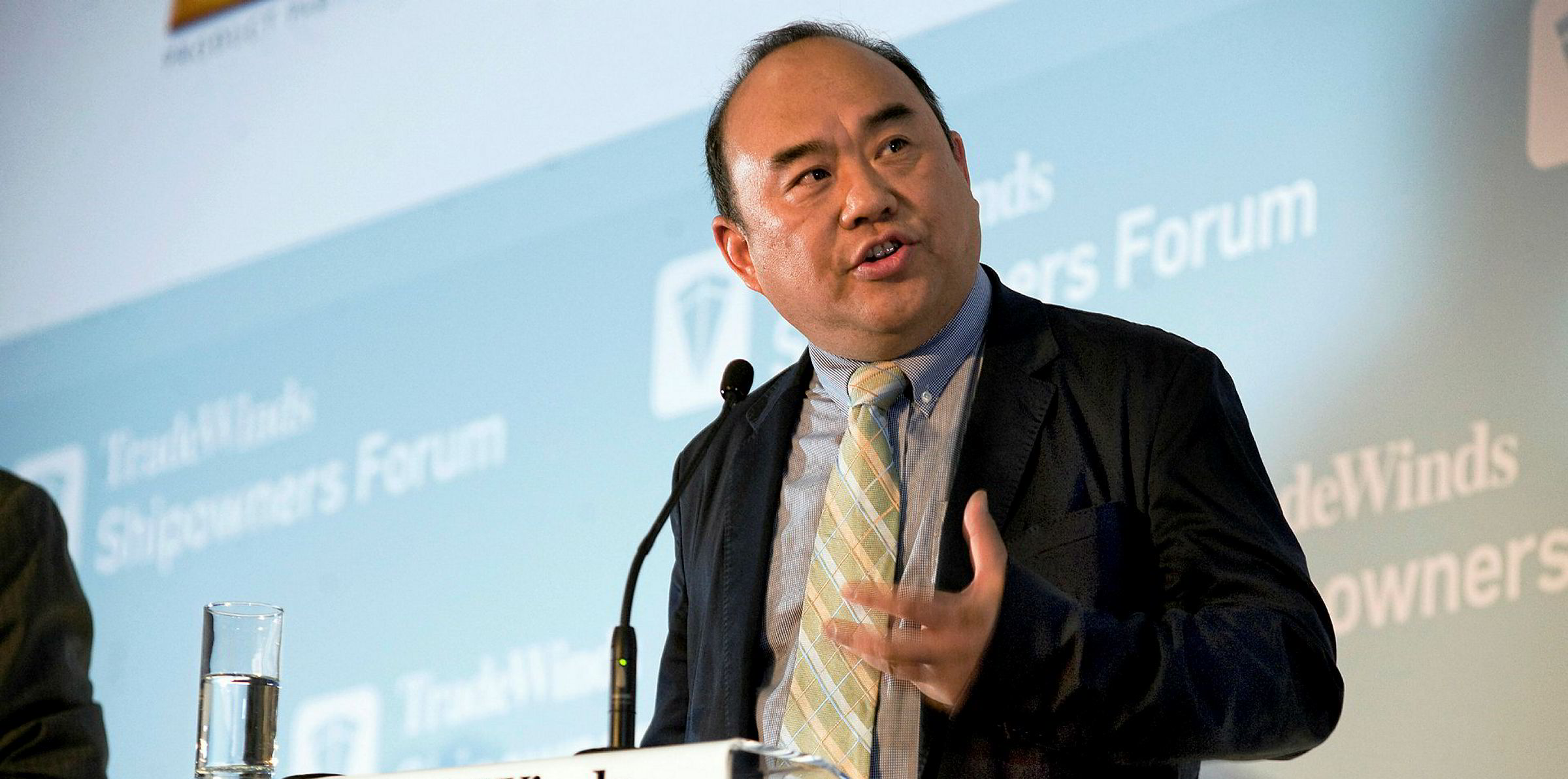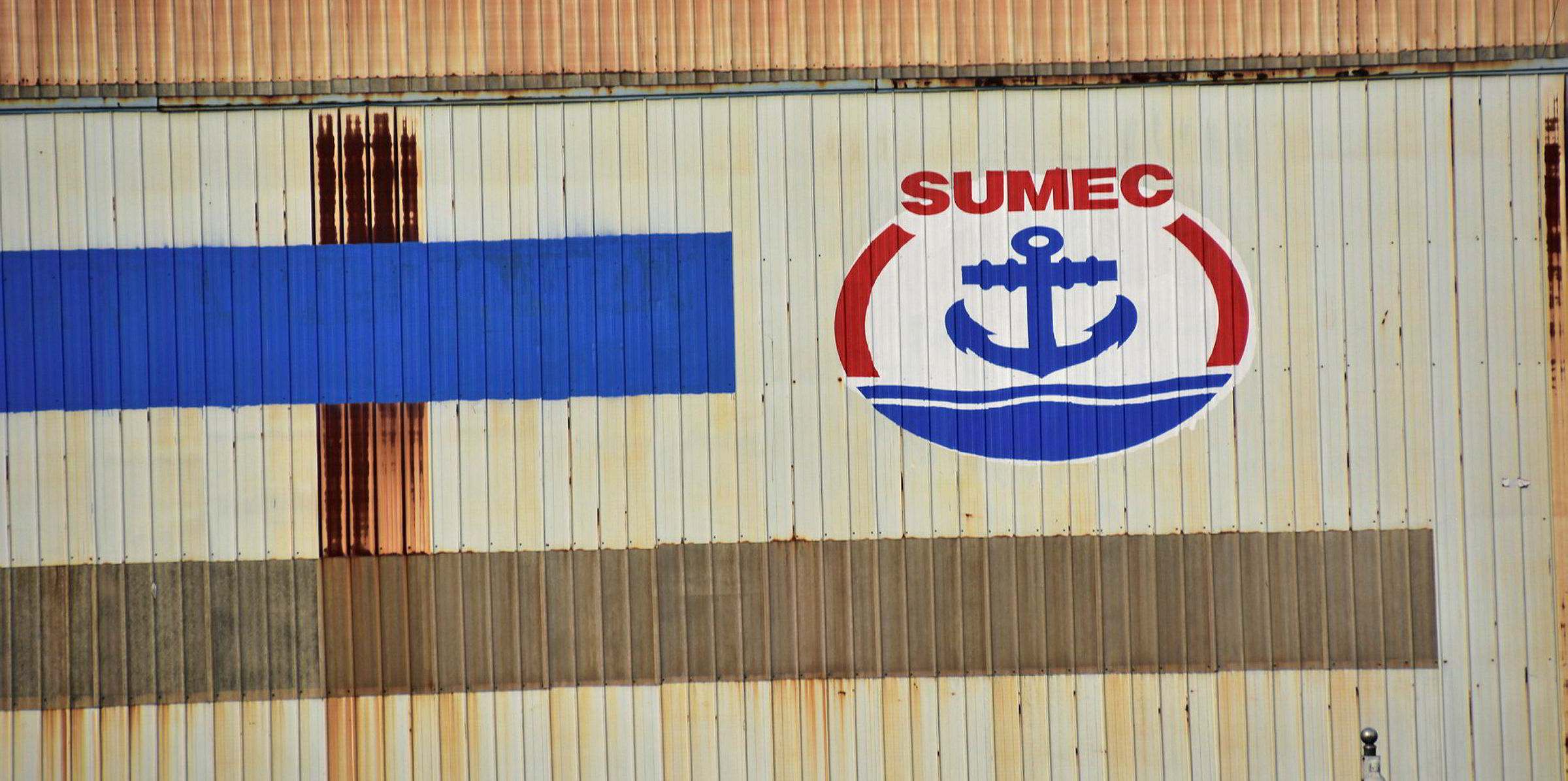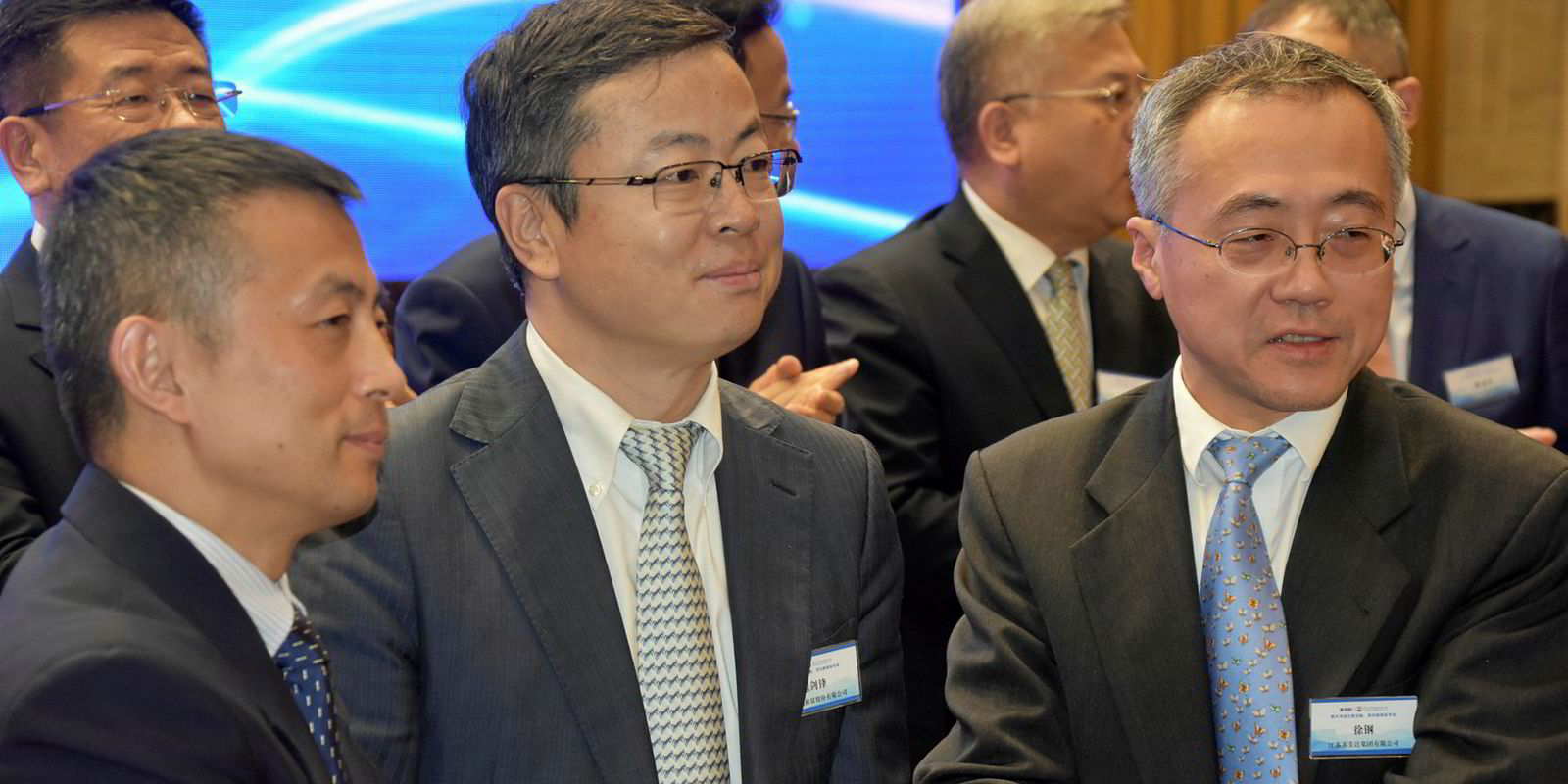Singapore-based Sumec Ocean Transportation has ramped up its physical shipping operations and is rapidly increasing its fleet with plans of becoming a new type of Chinese shipowner.
"We want to become the most reliable tonnage supplier to the shipping industry," said new managing director Yang Lei, who started Sumec Ocean's new time-charter based operations on 1 April, just after joining the company.
Sumec Ocean’s direct parent, trading house Sumec Group Corp, is directly affiliated with state-owned China National Machinery Industry (Sinomach). And, as of last year, the shipowner became a sister company of New Dayang Shipbuilding.
In shipping, the group now seeks to become a Chinese answer to Japan's Imabari Shipbuilding or Tsuneishi Shipbuilding, which has its Kambara Kisen shipowning branch.
Sumec Group's strong balance sheet gives the whole group access to "better financing", Yang said. The aim is to exploit this advantage to pursue synergies between shipping, shipbuilding, manufacturing and trading within the group.
Such opportunities have multiplied now that Sumec Group has grown from a trader with passive exposure to shipping into a shipbuilder and now operating owner.
One of the industrial mainstays of Jiangsu's provincial capital of Nanjing, Sumec Group has a long history of financial involvement with shipbuilding, dating back to 1986 when it began providing refund guarantees to yards it served as equipment supplier.
It held equity stakes in several yards, including the former Jiangsu Eastern, which was known for a time as Jingjiang Sumec Shipyard. TradeWinds reported in 2016 that principal creditor Sumec Group was eyeing a stake in then-troubled New Dayang.
Targeting quality names
Before taking the helm at Sumec Group’s new shipowning operation, Yang spent three years with Oldendorff Carriers in Shanghai and Singapore and then seven with Cargill in the Lion City. Both of his former employers are now his time-charter customers, with Cargill being the largest with six kamsarmax and ultramax ships on charter. Yang is looking for more clients of the same type.
"We are looking for 'ABCD' companies, New York-listed companies," he said.
So far, none of Sumec’s fellow Chinese state-owned enterprises, or SOEs for short, are on the list, but that is not a result of any preference.
"We are targeting the quality of the names, not where they are from," he said.
Another target group includes China's financial leasing houses.
Although Sumec Ocean has existed as a shipowner since 2010, it has only acted as a passive asset investor until now, through its financing deals on behalf of private shipbuilders in Jiangsu province.

After an extended courtship with assets of the former Sinopacific Shipbuilding Group, Sumec Group acquired the yard now known as New Dayang and formally opened it last November.
The company currently controls 42 ships, including about 30 on the water and the rest newbuildings under construction. Sumec owns 25 of these outright and has 17 bareboat chartered-in from financial owners China Development Bank Financial Leasing (CDB Leasing) and AVIC International Leasing.
About half the ships are built at New Dayang and the rest from the Jiangsu province private yards that were Sumec's original trading house clients.
Aside from a few tweendecker general cargoships, the fleet so far consists of bulkers. The largest of these are eight 82,000-dwt kamsarmaxes, six of which are owned by CDB Leasing and two directly by Sumec Ocean.
Yang expects that a year from now will see "not a huge change" in the current fleet size, but he plans to grow over time and also to expand beyond dry cargo.
"Within five to eight years, we hope to build the fleet up to 60 to 70 ships," he said.
Liang left yard in good shape
The plan is to exploit New Dayang's strength as "one of the most efficient builders of medium-sized ships".
Yang said former shipbuilder Simon Liang Xiaolei left the yard in good shape in terms of technical building quality and efficiency, despite the financial challenges to which Sinopacific succumbed.

"The [Sinopacific bulker designs] Crown 63 and Crown 82 are among the best bulk carriers Chinese yards can build," said Yang. "I tracked their performance while I was working at Cargill. For the ultramaxes, I would say they are even the very best ships."
He hopes to expand the product from ultramax and kamsarmax bulkers to include MR product tankers, because the yard's physical capacities should enable it to turn them out on a similar scale.
“New Dayang can build four kamsarmaxes simultaneously, and that means it could also build four MR2 tankers simultaneously,” Yang said.
Sumec Ocean could place orders on its own at its sister yard to realise this goal but the problem with the MR2 market is that charter rates will not support the current prices.
Currently, Sumec Ocean is placing ships on charters of one to three years and has no ships trading spot right now, although Yang intends to be able to do spot work as necessary between employment. But the preferred business model is to place ships on time charters of five years.
That target may take time to reach. Sumec Ocean has three kamsarmax and nine ultramax bulkers set for delivery soon and, for scrubber-equipped kamsarmax ships, the company has received bids for two-year time charters but none for three-year charters. Yang attributed this in part to uncertainties about the availability of low-sulphur fuel oil.
"The period market could be better after January 2020," he said.





